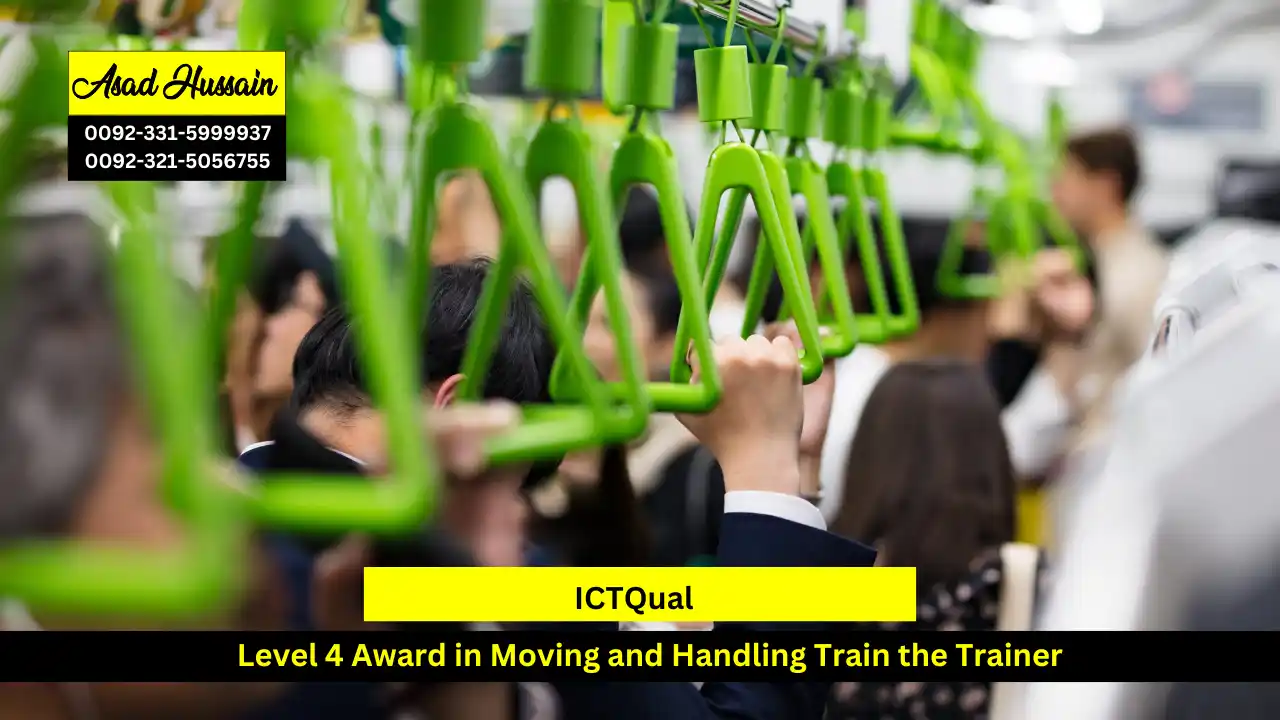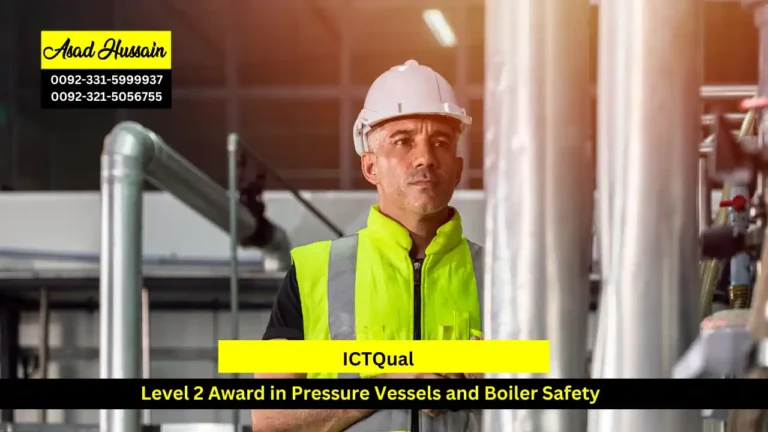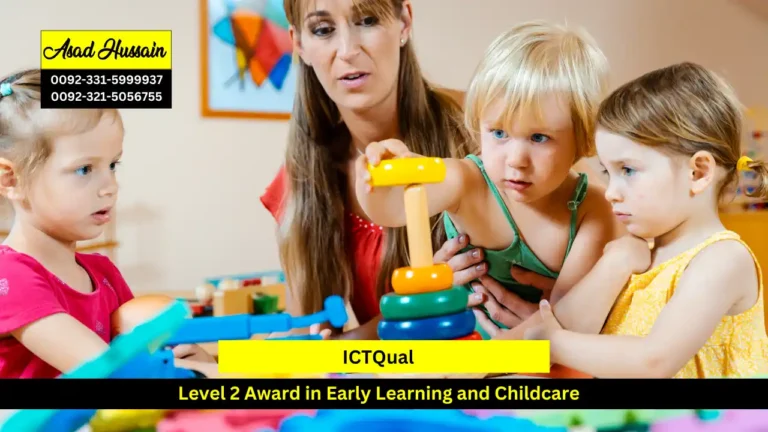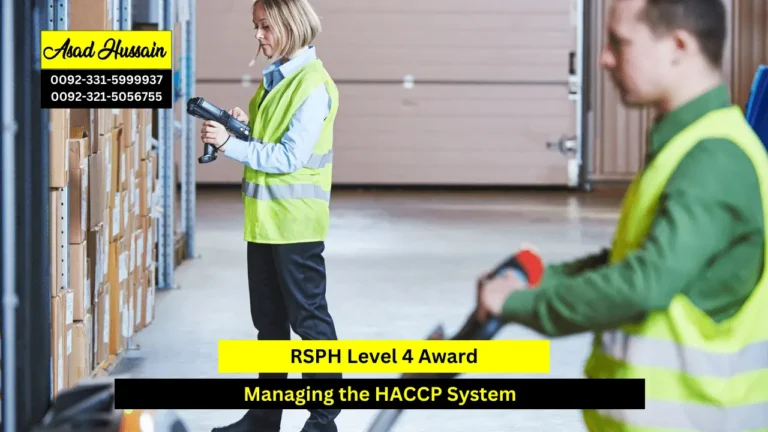In any workplace where physical tasks involve the movement of people or objects, ensuring safety is paramount. The Award in Moving and Handling Train the Trainer course stands as a crucial program designed to equip trainers with the knowledge and skills needed to educate others effectively on safe handling practices.
The importance of proper moving and handling techniques cannot be overstated. Improper handling can lead to serious injuries, both for those being moved and those doing the moving
The Award in Moving and Handling Train the Trainer course plays a vital role in promoting workplace safety and efficiency. By equipping trainers with the necessary skills and knowledge, organizations can create a safer working environment while complying with legal requirements and improving overall operational effectiveness.
Program Highlights
Mandatory Units
- Fundamentals of Moving and Handling
- Anatomy and Physiology of Movement
- Risk Assessment and Hazard Identification
- Ergonomic Principles and Equipment
- Safe Lifting and Handling Techniques
- Training Design and Delivery
- Assessment and Feedback
- Legal and Ethical Considerations
- Continuous Professional Development
- Candidates applying for this course typically need to have a minimum educational qualification equivalent to a high school diploma or its international equivalent.
- While prior experience in healthcare, occupational health and safety, or related fields may not always be mandatory, candidates should ideally have some background or exposure to relevant areas. Experience as a healthcare provider, occupational therapist, safety officer, or workplace trainer can be advantageous.
- Candidates should have a basic understanding of moving and handling principles, techniques, and terminology. This may include familiarity with manual handling regulations, ergonomic principles, risk assessment, and safe lifting techniques.
- Given the physical demands of performing moving and handling tasks, candidates should be in good health and physical condition. They should be capable of performing tasks such as lifting, carrying, pushing, and pulling objects safely.
- Candidates should have awareness of legal and ethical considerations relevant to moving and handling practices. This includes understanding legislative requirements, duty of care, and responsibilities under health and safety regulations.
Fundamentals of Moving and Handling
- Define the principles and importance of moving and handling within various contexts.
- Identify common types of handling tasks and their associated risks.
- Explain the impact of improper moving and handling techniques on health and safety.
Anatomy and Physiology of Movement
- Describe the musculoskeletal system and its role in movement.
- Explain how muscles, joints, and bones interact during movement.
- Analyze how understanding anatomy and physiology enhances safe handling practices.
Risk Assessment and Hazard Identification
- Conduct systematic risk assessments for moving and handling tasks.
- Identify potential hazards and risks associated with specific handling scenarios.
- Develop strategies to mitigate risks and promote safe working environments.
Ergonomic Principles and Equipment
- Apply ergonomic principles to optimize workspace design and equipment selection.
- Evaluate the effectiveness of ergonomic solutions in reducing workplace injuries.
- Demonstrate proficiency in using handling aids and equipment safely.
Safe Lifting and Handling Techniques
- Demonstrate correct techniques for lifting, transferring, and supporting individuals or objects.
- Utilize safe handling techniques to minimize the risk of musculoskeletal injuries.
- Adapt handling techniques to accommodate different individuals and environments.
Training Design and Delivery
- Design effective moving and handling training programs based on identified learning needs.
- Deliver engaging and informative training sessions using appropriate instructional methods.
- Assess learner understanding and provide constructive feedback for skill development.
Assessment and Feedback
- Design assessment tools and criteria to evaluate learner competency in moving and handling practices.
- Conduct fair and reliable assessments to measure achievement of learning objectives.
- Provide constructive feedback to learners to enhance their proficiency in handling techniques.
Legal and Ethical Considerations
- Identify legal responsibilities and obligations related to moving and handling practices.
- Apply ethical principles to decision-making in handling tasks and training delivery.
- Ensure compliance with relevant legislation and guidelines governing moving and handling.
Continuous Professional Development
- Identify opportunities for continuous professional development in moving and handling.
- Implement strategies to enhance personal and professional competencies in handling practices.
- Evaluate the impact of continuous learning on improving safety and efficiency in handling tasks.
The Award in Moving and Handling Train the Trainer course is designed for individuals across various sectors who are responsible for training others in safe handling practices. It is particularly beneficial for healthcare professionals such as nurses, caregivers, and therapists who assist patients with mobility needs. Additionally, industrial workers including warehouse staff, logistics personnel, and factory workers who engage in manual handling tasks can benefit greatly from this course. Educators, such as teachers and teaching assistants, who work with students requiring support in movement and handling also find this training invaluable. Essentially, anyone tasked with instructing others in the safe lifting, transferring, and supporting of individuals or objects can enhance their skills and knowledge through this comprehensive training program.







